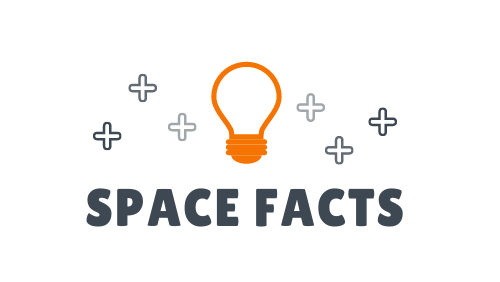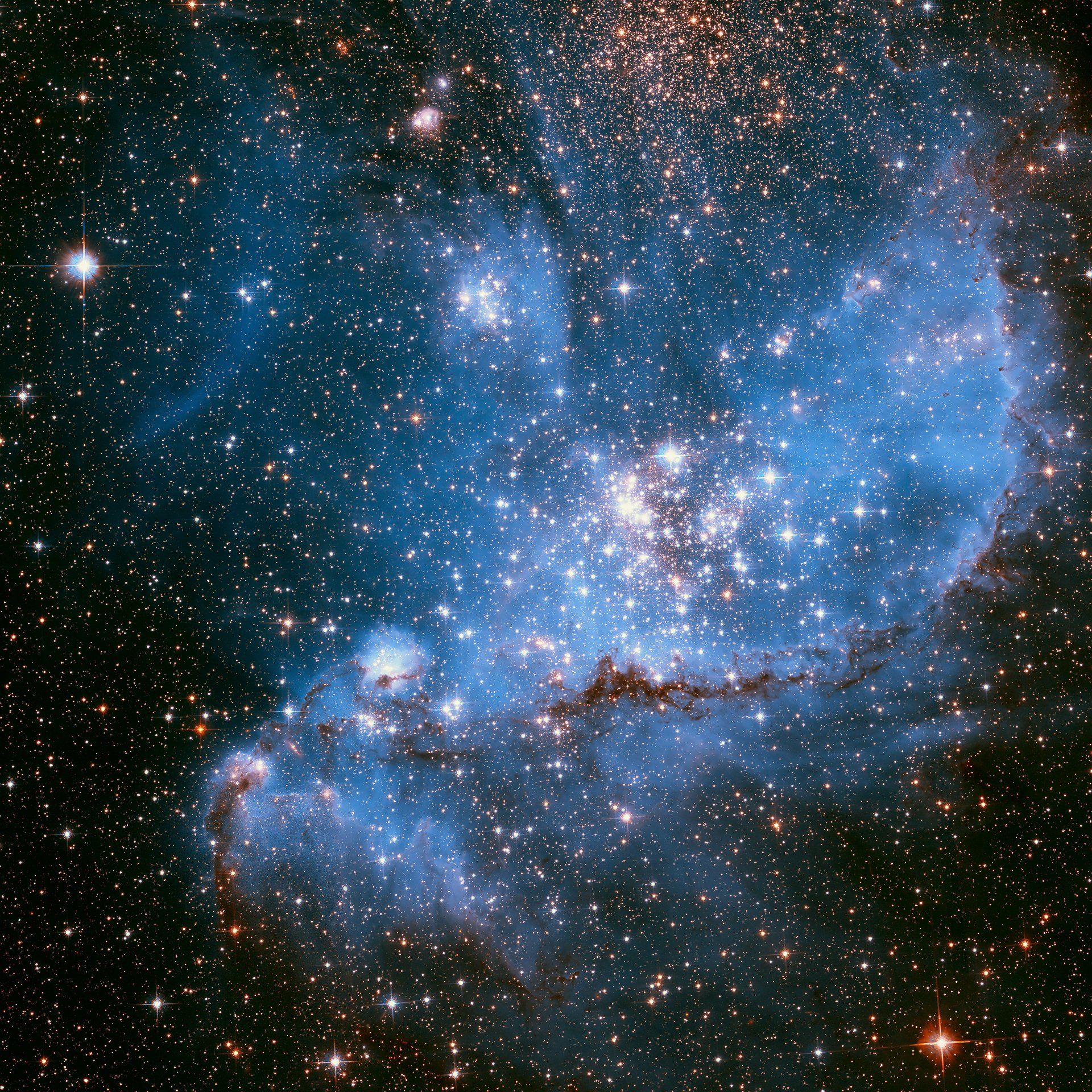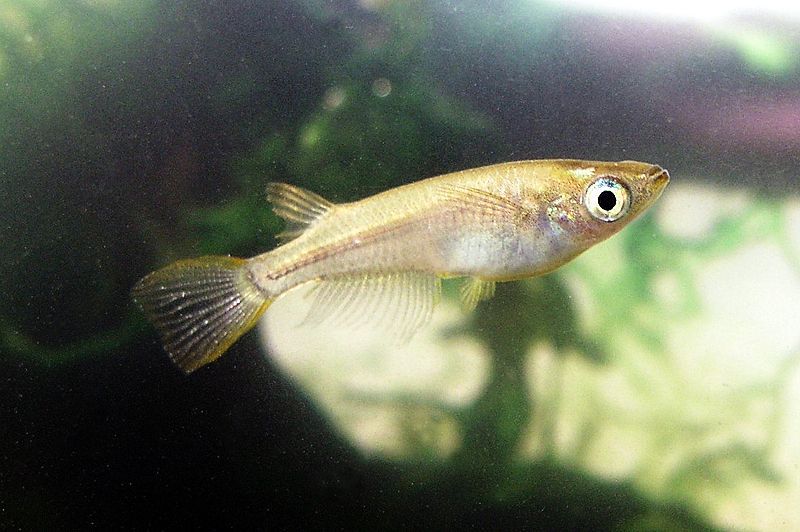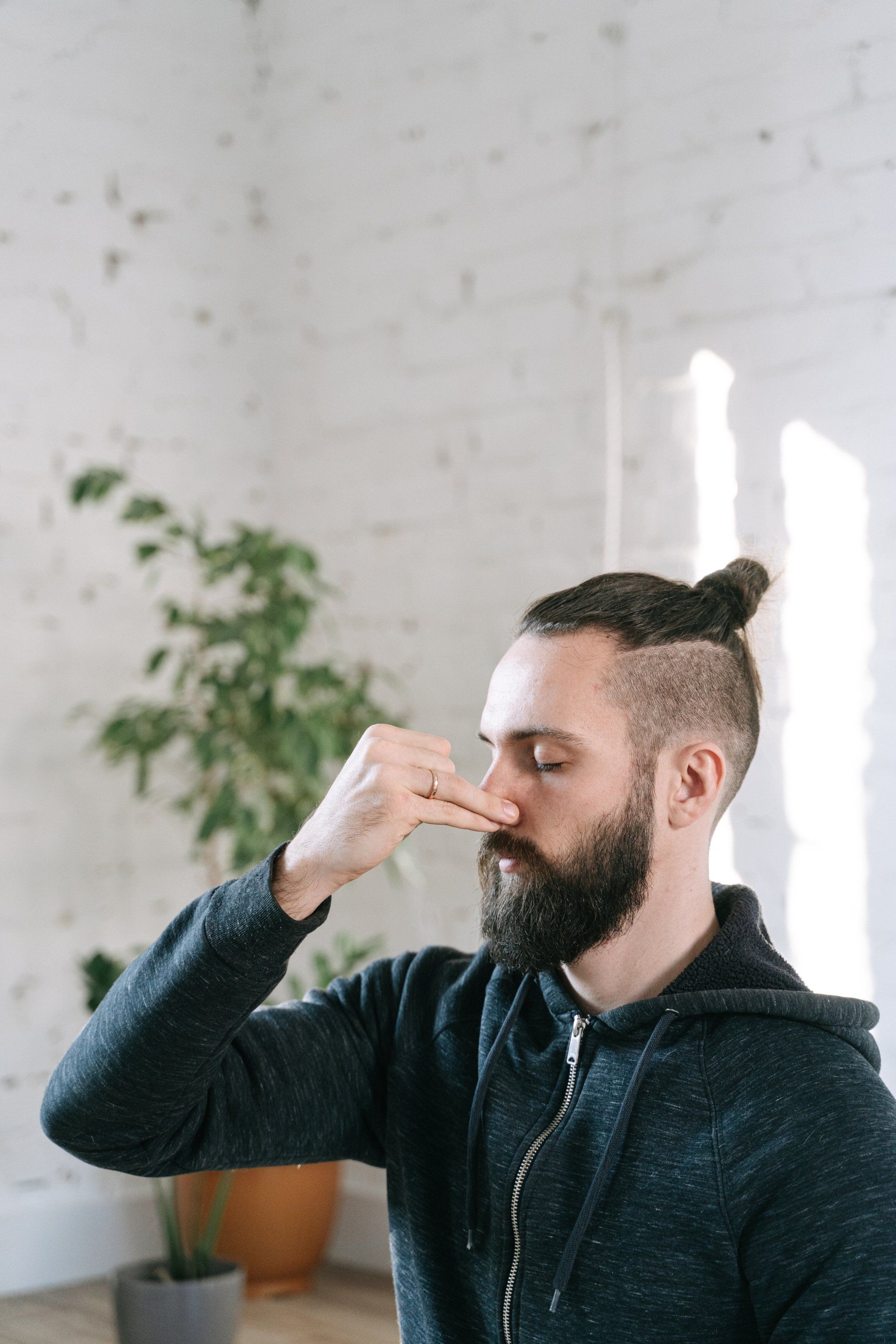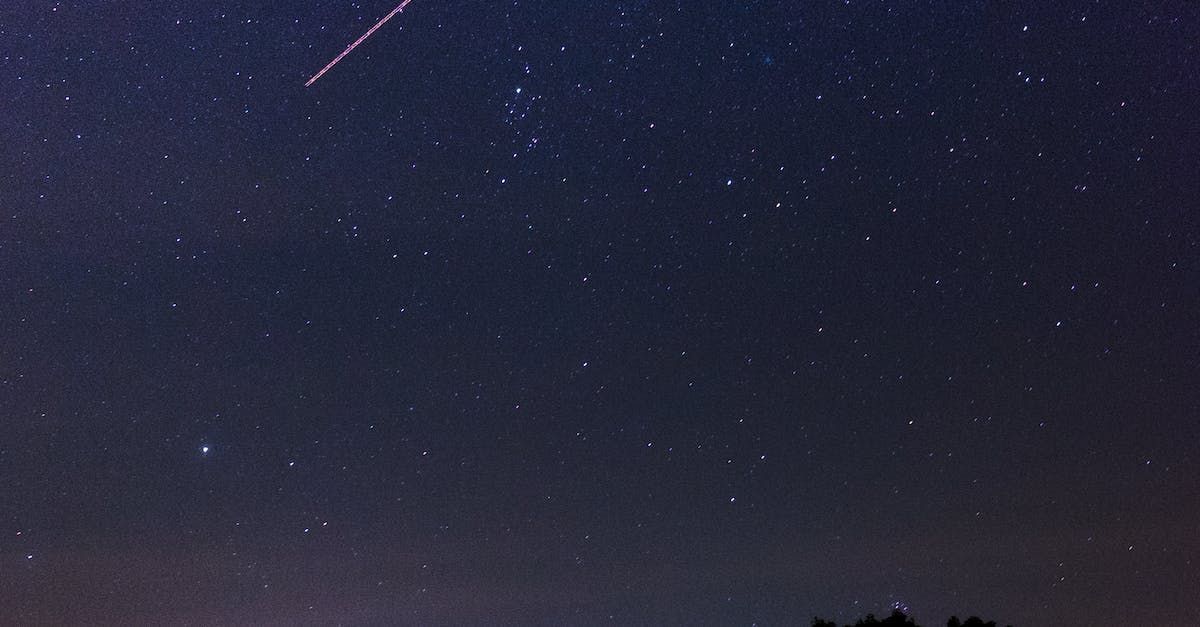Facts about Project Veggie
Facts About Project Veggie
For over six decades, NASA has been at the forefront of space exploration, and with the Artemis program, they are building upon their achievements in low-Earth orbit. The Artemis lunar exploration initiative involves deploying new science instruments and technology demonstrations to study the Moon, with the goal of landing the first woman and next man on its surface by 2024 and establishing a continuous presence by 2028. NASA plans to leverage the knowledge and technologies gained from the Artemis missions to pave the way for future ambitious endeavours, like sending astronauts to Mars.
As human space exploration extends further into the cosmos, the challenge of sustaining long-duration missions in deep space arises. The current packaged diet, which has effectively supported astronauts' presence in low-Earth orbit since November 2, 2000, relies on frequent resupply missions. However, during extended missions like those to Mars lasting two or three years, the quality and effectiveness of packaged food degrade over time. To address this concern, NASA sees growing fresh, edible crops as a viable solution. Supplementing packaged meals with nutrient-rich, homegrown crops not only ensures astronauts receive the necessary nutrients but also enhances dietary diversity. Moreover, there is anecdotal evidence supporting the psychological benefits for astronauts, as they find enjoyment in eating and nurturing plants in space. This connection to nature and the sense of caretaking can have positive impacts on their well-being during these challenging missions.
Project Veggie System

• Veggie is a plant growth unit on the International Space Station.
• Its concept aims to provide fresh, nutritious food for astronauts to supplement their diet and support relaxation and recreation.
• There are two Veggie units on the space station, along with a more sophisticated growth chamber called the Advanced Plant Habitat.
• Veggie was built by ORBITEC in Madison, Wisconsin, under the NASA Small Business Innovation Research (SBIR) program. ORBITEC was acquired by Sierra Nevada Corporation in 2014.
• Earlier versions of Veggie hardware were tested at NASA's Kennedy Space Center.
• The Veggie hardware and VEG-01 experiment were sent to the space station as commercial cargo on NASA's Commercial Resupply Services SpaceX CRS-3 mission, launched from Kennedy Space Center on April 18, 2014.
• Astronauts Rick Mastracchio and Steve Swanson installed Veggie in the Columbus Laboratory Module on May 7, 2014.
• Veggie operates on approximately 70 watts for the lights, fans, and control electronics.
• Veggie employs passive wicking to provide water to growing plants.
• Seeds are currently glued into wicks, which are white flaps extending from the top of a plant pillow, using guar gum, a water-soluble natural polymer from guar beans.
• Plant pillows are made of Teflon-coated black Kevlar with a Nomex bottom, containing growth media (calcined clay), controlled release fertilizer, and water injected through a quick-disconnect valve. Kevlar is a strong synthetic fiber, and Nomex is flame- and heat-resistant.
• The water reservoir, called the root mat, has a Nomex top, wicking water from an interior water bag, and transferring it to the plant pillows when in contact with their bottoms.
• Each plant pillow is provided with two or three seeds to ensure germination success.
• Future plans involve embedding seeds in a tape or film, enabling independent flying of seeds and pillows. This would allow the space station to maintain a seed bank and a plant pillow bank, giving crews the flexibility to choose what to grow.
• Plant experiments begin by placing the root mat on the Veggie baseplate, then securing the plant pillows on top with bungee cords. Water is injected into the pillows and the root mat, and the wicks carry water to the glued seeds. Germination is triggered by the combination of water and light, with seeds oriented for upward plant growth and downward root growth into the plant pillows.
• Each Veggie plant experiment is paralleled by researchers at Kennedy growing crops on the ground as a control group for comparison.
• Growing plants in microgravity is complicated by fluid physics and the absence of convective flow.
• Veggie ensures plants receive the right balance of oxygen, carbon dioxide, and water for healthy growth. The calcined clay media's surface roughness and particle size help trap air and absorb water, providing the roots with both simultaneously.
• A fan system draws cabin air for the plants, preventing the formation of diffusion-controlled bubbles of humidity and oxygen.
• The Veggie team developed a produce-sanitizing step using food-safe, citric acid-based wipes for leafy greens to ensure fresh produce is safe for consumption.
• NASA is assembling ingredients for a pick-and-eat salad on the space station, as there is no cooking capability available yet.
• Astronauts have grown eight types of leafy greens in Veggie for consumption, and a total of 15 different types of plants have been grown in space using this system. More than 100 crops have been tested on the ground at the Kennedy Space Center, and over 200 crops have been tested for potential use in space through collaborations with student citizen scientists in the Growing Beyond Earth Project challenge by the Fairchild Tropical Botanic Garden.
• NASA is interested in studying the appeal of different crops and the potential benefits of having and caring for plants on crew morale in space.
Veggie's First Crop In Space: 2014
On May 8, 2014, Astronaut Steve Swanson initiated the first crop of lettuce in Veggie, which was a part of the VEG-01 A experiment. This crop of lettuce grew for a period of 33 days and consisted of one set of six plant pillows, each containing red romaine lettuce seeds. During the growth period, one pillow did not experience germination, and two plants were lost due to water stress. Nevertheless, after 33 days, three healthy lettuce plants were successfully harvested, frozen, and sent back to Kennedy for food safety analysis. The results of the analysis were promising, as the lettuce plants were found to be as clean, if not cleaner, than the lettuce purchased at grocery stores.
Veggie's Second Crop In Space: 2015
On July 8, 2015, Astronaut Scott Kelly initiated VEG-01 B, marking the second crop of lettuce grown in Veggie. Both he and Astronaut Kjell Lindgren took care of the plants during the 33-day growth period. VEG-01 B consisted of one set of six plant pillows, each planted with red romaine lettuce seeds.
On August 10, 2015, the crew had the opportunity to savor the fruits of their labor by harvesting half of the leaves from each plant for consumption. The remaining plant tissue was then collected and frozen in the station's Minus Eighty-Degree Laboratory Freezer for ISS (MELFI) to be brought back to Earth for further analysis, including microbial analysis, antioxidant capacity, mineral analysis, and anthocyanin concentration. This was a significant milestone as it marked the first crop grown and consumed in NASA hardware. The three U.S. Orbital Segment members enjoyed the leafy greens with balsamic vinegar and extra virgin olive oil, and they also shared some of the lettuce with their Russian teammates for dinner. According to Kjell's Twitter account, he even enjoyed the lettuce on a space cheeseburger!
Veggie's Third Crop In Space: 2015
On November 16, 2015, Astronaut Kjell Lindgren initiated VEG-01 C, the final experiment of its kind. This experiment involved one set of six plant pillows planted with zinnia seeds. Zinnias were chosen as they have a longer growth period and different photoperiod requirements, making them suitable candidates for studying flowering and fruiting processes. The seeds remained in orbit for over a year and a half, making the germination data valuable for future long-duration spaceflight missions. The success of long-duration growth with zinnias in Veggie serves as a promising indication of the viability of cultivating other long-duration crops. Importantly, Veggie encountered no issues with pollen or flower production, confirming the effectiveness of growing flowering plants in space. Astronauts harvested the zinnia plants and returned them, along with the plant pillows, to Earth for microbial analysis and visualization of root structures, with the aim of determining potential microbial population changes based on plant species. Notably, a NASA intern at Kennedy was able to successfully germinate seeds from the zinnias brought back from space, and researchers grew numerous daughter plants, providing evidence that pollination occurred in microgravity. This finding has significant implications for future space agriculture, as crew members will need to manually pollinate flowering plants like tomatoes to produce fruit in the unique space environment.
© Copyright 2021 Space-facts.co.uk
View our other facts sites: www.animal-facts.co.uk
